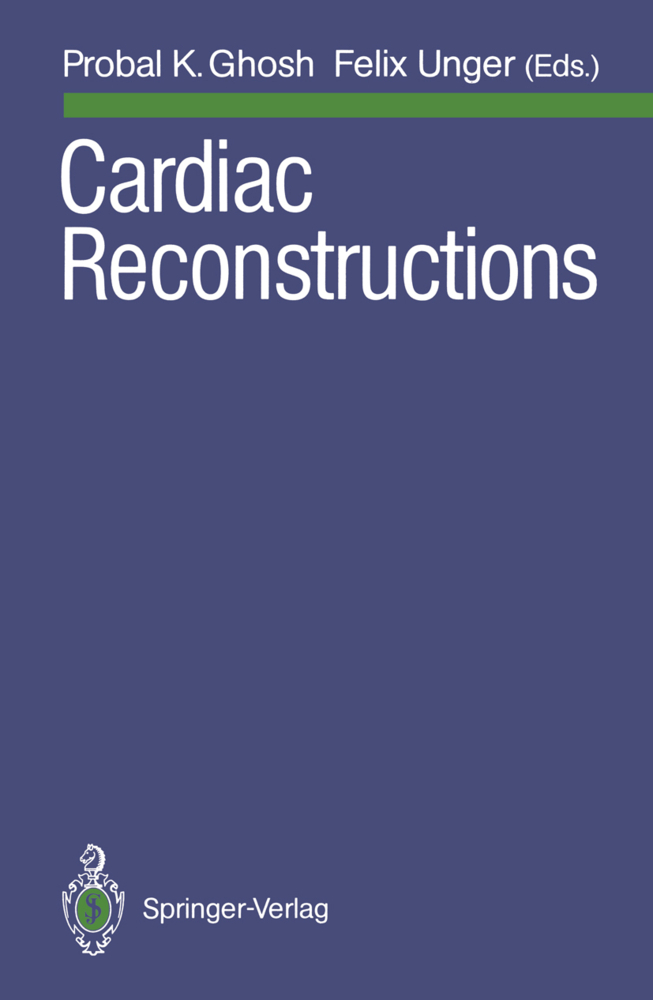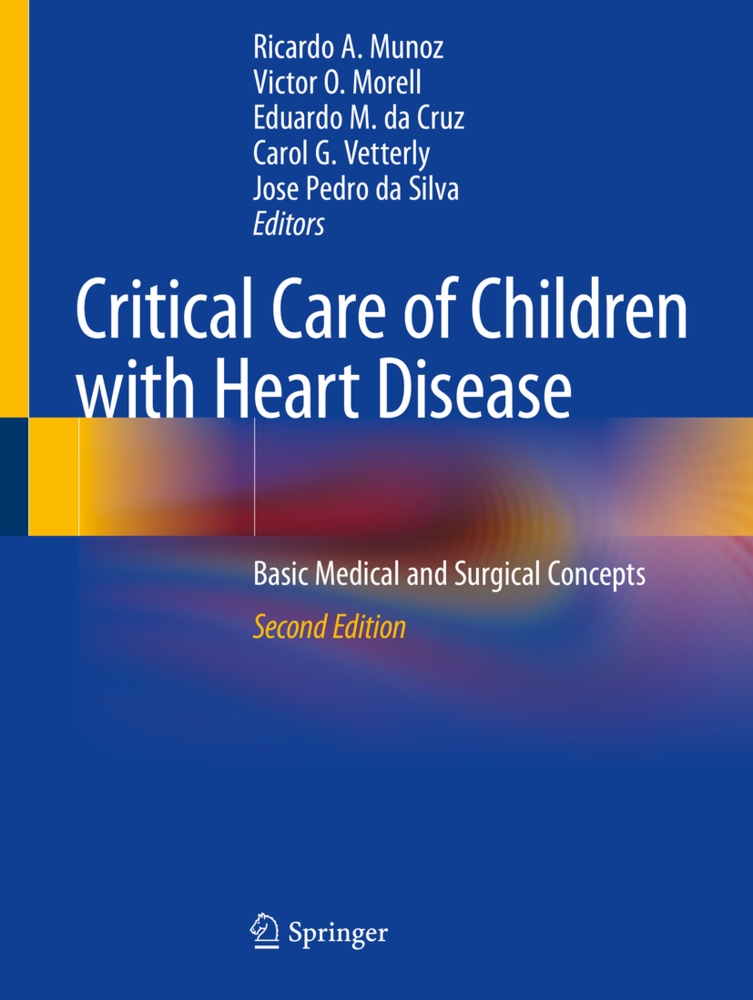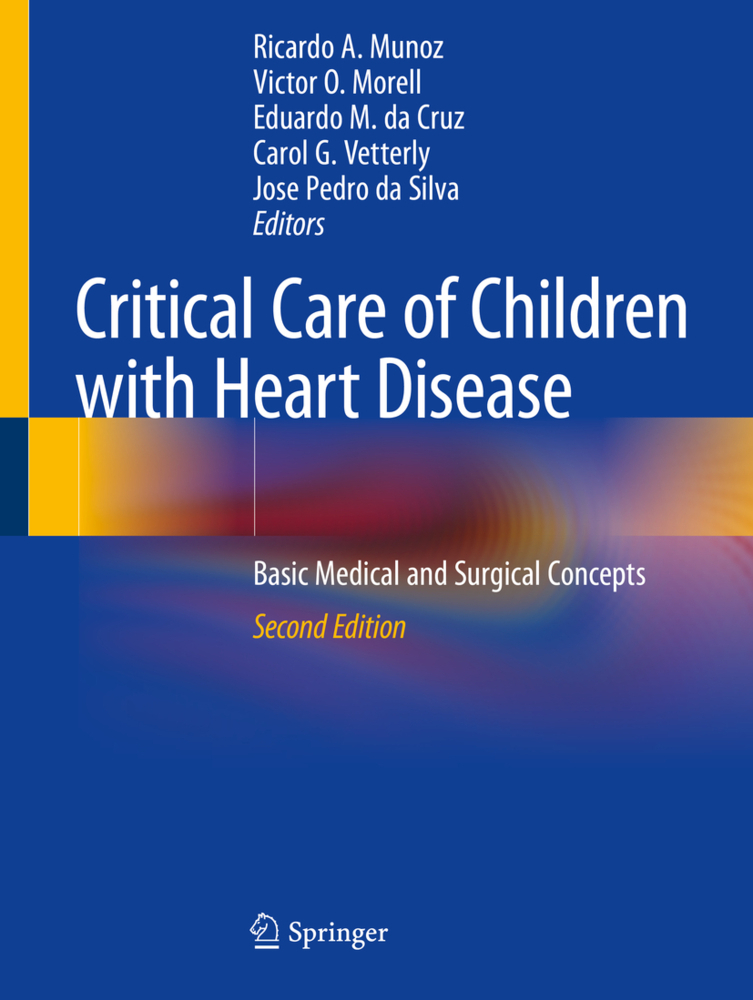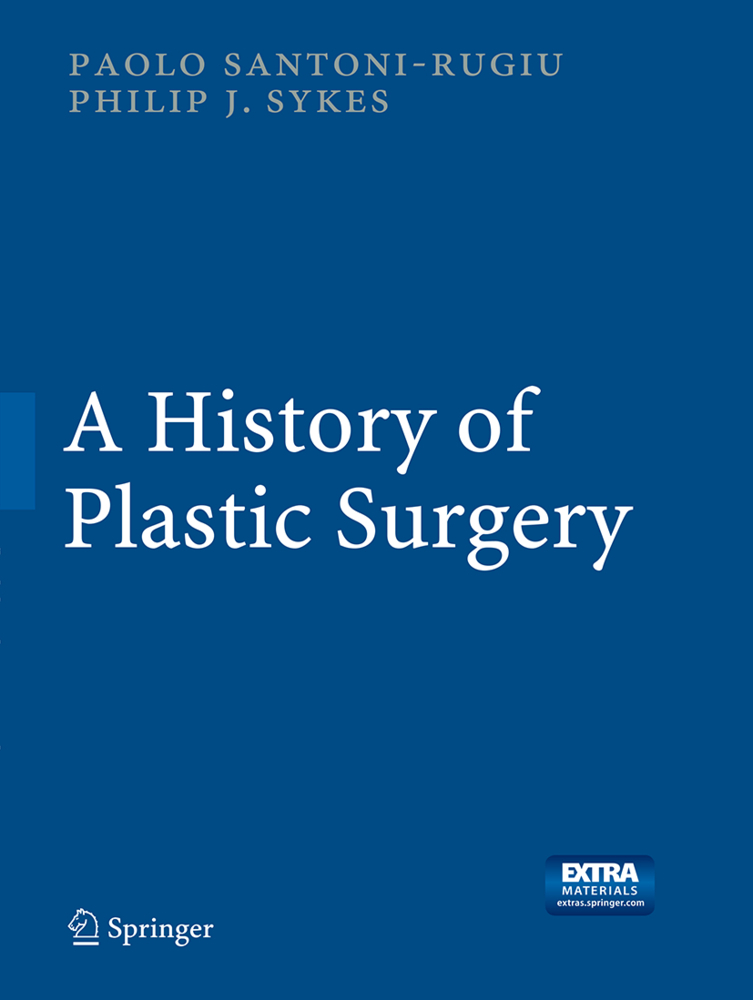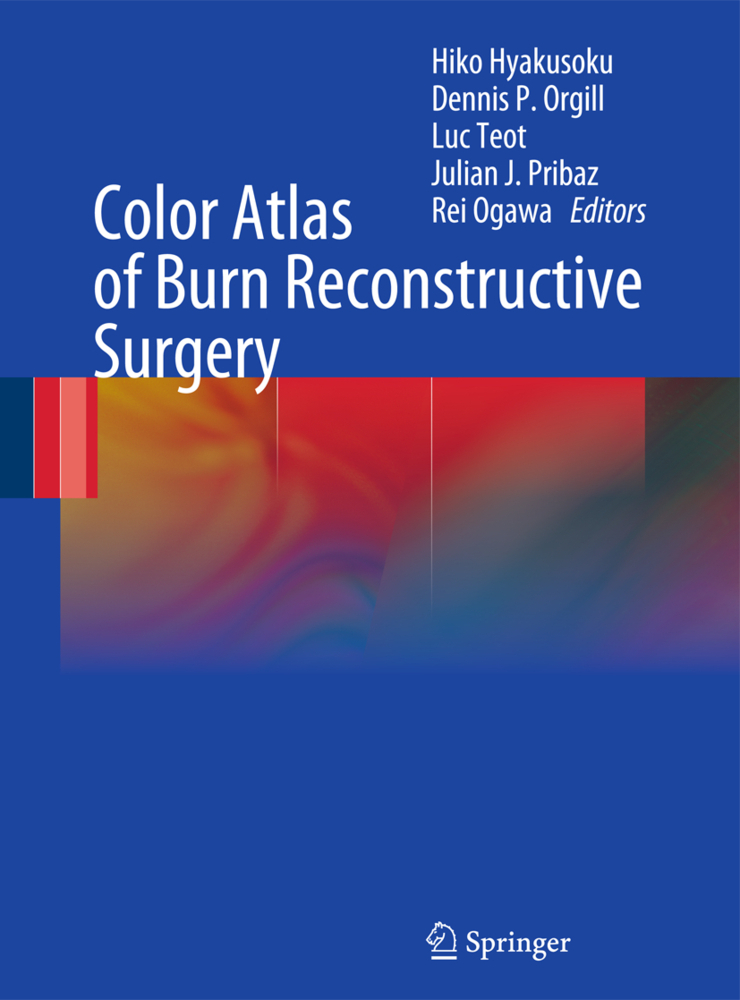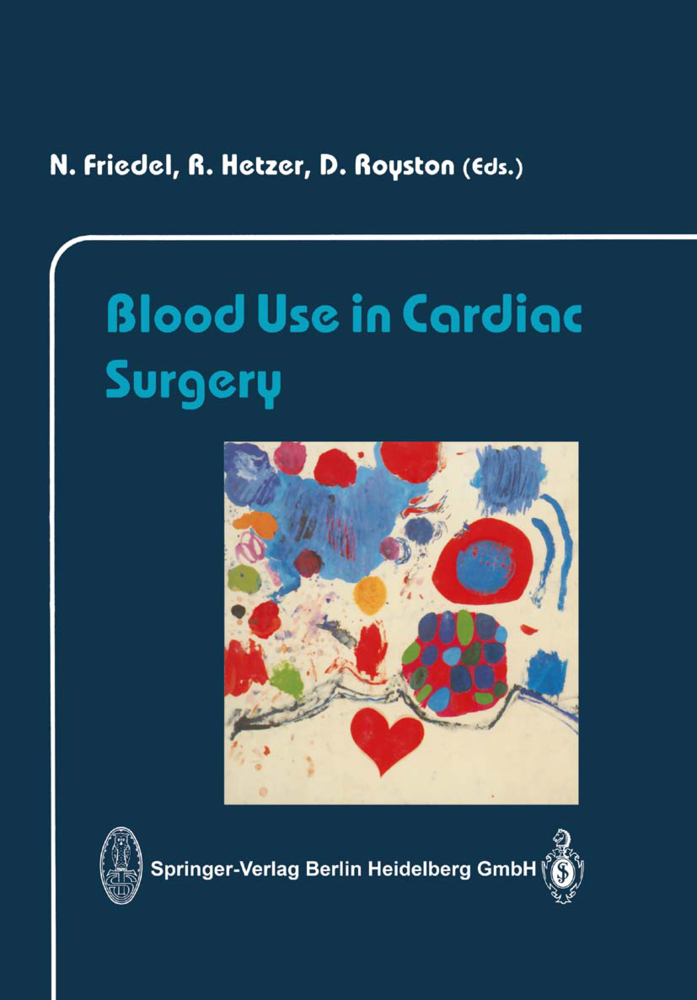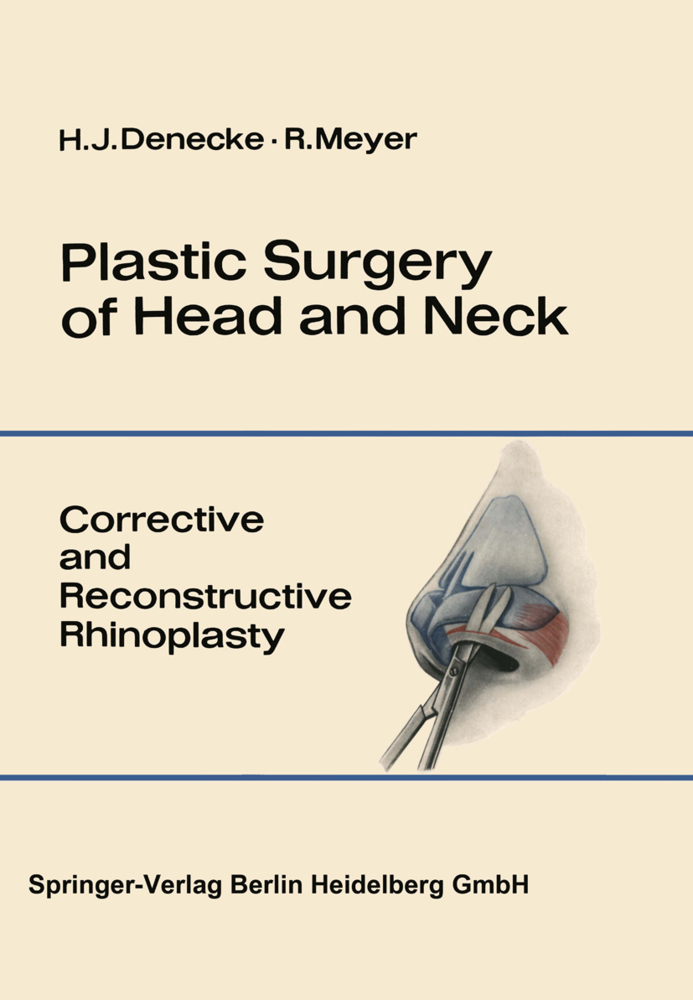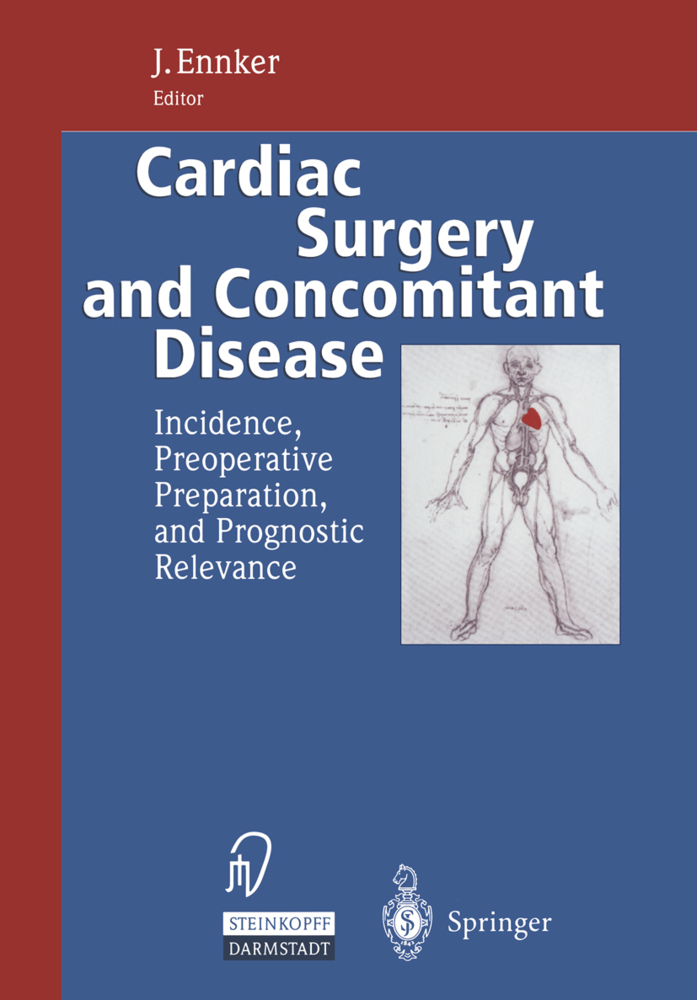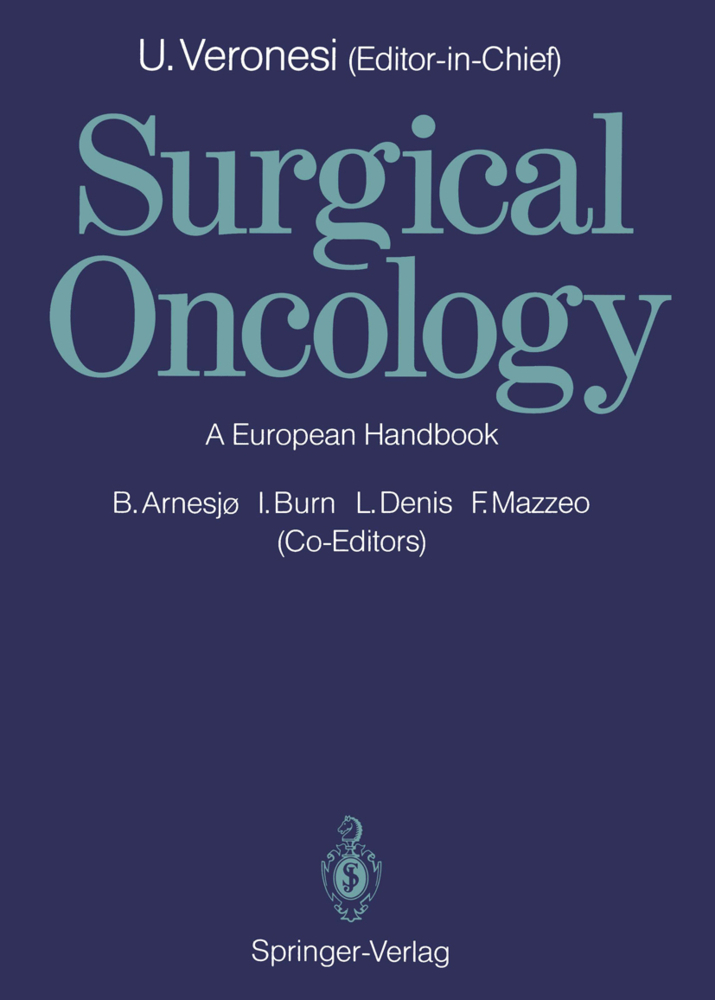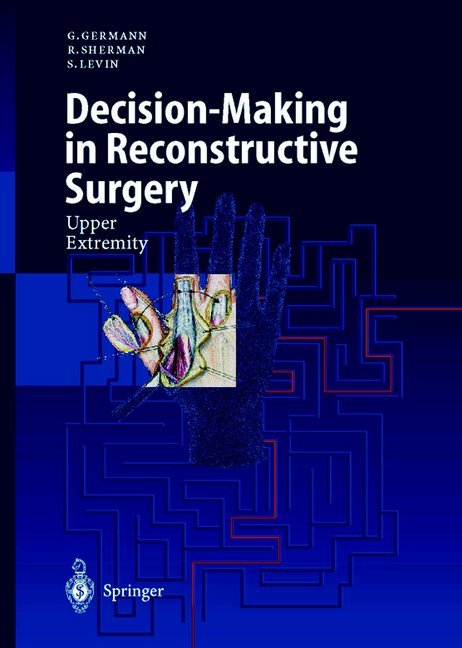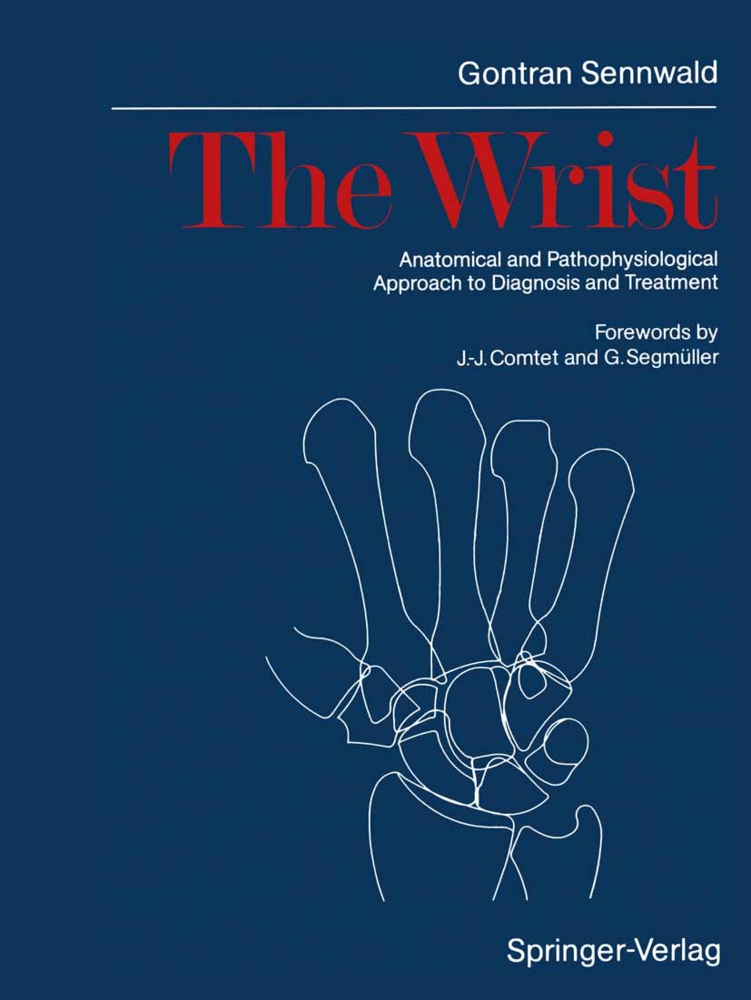Cardiac Reconstructions
Cardiac Reconstructions
Attempts to reconstruct various parts of the heart started even before the beginning of open cardiac surgery. By the late 1950s and early 1960 s several closed and open procedures had already been described. In that era, several surgeons in Europe and the Americas were particularly prompted to develop various techniques of valve re construction because of the lack of acceptable valve prostheses and conduits which have become available subsequently. At that time, several congenital lesions still defied definitive correction, and clinical attempts at left ventricular wall replacement had not yet got under way. A renaissance in different cardiac reconstructive procedures started at the beginning of the 1980s. As the problems relating to valve prostheses became more generally appreciated and the importance of chamber volumes and geometry (atrial or ventricular) was accorded due importance in the long-term follow-up, there was a resurgence of surgical attempts at reconstruction in congenital and acquired cardiac lesions so as to approximate the natural state. At the same time several characteristics of this reconstructive "discipline" became apparent. First, cardiac reconstructive surgery has remained a surgical "art" with a gradually increasing number of interested cardiac surgeons.
Long-Term Follow-Up of 133 Atrioventricular Septal Defects
Surgical Repair of Complete Atrioventricular Canal: Analysis of Early and Late Results
Outcome and Course of Primary Corrective Surgery of Atrioventricular Canal Anomalies in Infancy
Correction of Mitral Incompetence in Atrioventricular Canal Defects with Double-Orifice Mitral Valve: The Triple-Orifice Repair
Considerations on the Mitral Valve During Total Correction of Complete Atrioventricular Canal in Infancy Using the Two-Patch Technique
Conservative Surgery for Congenital Abnormalities of the Mitral Valve
Long-Term Results for Atrioventricular Connection in Tricuspid Atresia
Reoperations for Obstructed Ventriculopulmonary Conduits
Surgical Correction of Double-Outlet Right Ventricle
Early and Medium-Term Results After Correction of Total Anomalous Pulmonary Venous Drainage in Infancy
Arterial Switch for Repair of Simple and Complex Transposition of the Great Arteries: Early Experience
Section II. Tricuspid Valve Reconstructions
Tricuspid Valve Reconstructions
Tricuspid Valve Repair by a Flexible Linear Reducer
Modified Annuloplasty of the Tricuspid Valve: Technique and Long-Term Results
Medium-Term Clinical and Hemodynamic Results after Reconstruction of the Tricuspid Valve Applying a New Technique
Reconstruction of Tricuspid Valve Leaflets Destroyed by Bacterial Endocarditis
Surgical Reconstruction of the Tricuspid Valve for Acquired Severe Stenosis
Some Considerations of "Functional" Tricuspid Insufficiency and Its Implications in Tricuspid Reconstruction
Section III. Mitral Valve Reconstructions
Mitral Valve Reconstructions
Mitral Annuloplasty with the Puig Massana-Shiley Ring:Long-Term Results
Semi-frame Mitral Annuloplasty
Mitral Valve Repair Without Using Rings or Slings
Transposition of Chordae in "Floppy" Mitral Valve Repair
Prolapsed Anterior Mitral Valve: Surgical Treatment by Partial Transposition of the Posterior Leaflet
Conservative Surgery for Mitral Regurgitation: A Discriminant Analysis of Techniques and Lesions
Mitral Valve Reconstruction: Pushing the Conventional Limits
Conservative Surgery of the Mitral Valve: An Echocardiographic Long-Term Evaluation
Artificial Chordae in the Treatment of Mitral Valve Pathology
Intraoperative Evaluation of the Reconstruction of the Atrioventricular Valves by Means of Transesophageal Echocardiography
Section IV. Aortic Valve Reconstructions
Aortic Valve Reconstructions
The Narrow Aortic Valve Ring: Technique of Enlargement Using Autologous Pericardium
Section V. Septal and Left Ventricular Reconstructions
The Evolution of Left Ventricular Reconstruction
A New Approach to Left Ventricular Aneurysms: Restoration of Ventricular Dynamics by Pericardial Patch Septoplasty
Septoplasty Procedure for Left Ventricular Aneurysms: Factors Affecting Early and Late Results
Early Septal Reconstruction Following Acute Myocardial Infarction
Early Repair of Postinfarction Ventricular Septal Defects: Technical Issues
Reconstruction of the Left Ventricle for Aneurysm or Akinetic Zone by Endoventricular Circular Plasty with Septal Exclusion
Left-Ventricular Aneurysmectomy: Converging Walls Reconstruction Technique
Aneurysmectomy and Left Ventricular Reconstruction in Ischemic Heart Disease
Long-Term Follow-Up after Partial Left Ventricular Wall Replacement Due to Cardiac Tumor in Childhood
Cardiac Patients with Primary and Secondary Heart Tumors: OperativeProcedures and Follow-Up
Surgical Technique in Subvalvular and Midventricular Hypertrophic Obstructive Cardiomyopathie (HOCM)
Section VI. Coronary Artery Reconstructions
Coronary Artery Reconstructions: Why? How? When?
Open Endarterectomy with Vein-Patch Coronary Reconstruction and Internal Mammary Artery Implant
Left-Sided Coronary Thromboendarterectomy in Complex Internal Mammary Artery Grafting
Surgical Angioplasty of the Left Main Coronary Artery with Venous Patch: Antegrade Myocardial Revascularization
Surgical Angioplasty for Isolated Left Main Coronary Disease
Surgical Coronary Ostial Plasty
Section VII. On Reconstructive Material
Biological Behavior of Materials Implanted in the Heart
Immunogenicity of Glutaraldehyde-Tanned Bovine Pericardium.
On Cardiac Reconstructions
Section I. Reconstruction in Congenital LesionsLong-Term Follow-Up of 133 Atrioventricular Septal Defects
Surgical Repair of Complete Atrioventricular Canal: Analysis of Early and Late Results
Outcome and Course of Primary Corrective Surgery of Atrioventricular Canal Anomalies in Infancy
Correction of Mitral Incompetence in Atrioventricular Canal Defects with Double-Orifice Mitral Valve: The Triple-Orifice Repair
Considerations on the Mitral Valve During Total Correction of Complete Atrioventricular Canal in Infancy Using the Two-Patch Technique
Conservative Surgery for Congenital Abnormalities of the Mitral Valve
Long-Term Results for Atrioventricular Connection in Tricuspid Atresia
Reoperations for Obstructed Ventriculopulmonary Conduits
Surgical Correction of Double-Outlet Right Ventricle
Early and Medium-Term Results After Correction of Total Anomalous Pulmonary Venous Drainage in Infancy
Arterial Switch for Repair of Simple and Complex Transposition of the Great Arteries: Early Experience
Section II. Tricuspid Valve Reconstructions
Tricuspid Valve Reconstructions
Tricuspid Valve Repair by a Flexible Linear Reducer
Modified Annuloplasty of the Tricuspid Valve: Technique and Long-Term Results
Medium-Term Clinical and Hemodynamic Results after Reconstruction of the Tricuspid Valve Applying a New Technique
Reconstruction of Tricuspid Valve Leaflets Destroyed by Bacterial Endocarditis
Surgical Reconstruction of the Tricuspid Valve for Acquired Severe Stenosis
Some Considerations of "Functional" Tricuspid Insufficiency and Its Implications in Tricuspid Reconstruction
Section III. Mitral Valve Reconstructions
Mitral Valve Reconstructions
Mitral Annuloplasty with the Puig Massana-Shiley Ring:Long-Term Results
Semi-frame Mitral Annuloplasty
Mitral Valve Repair Without Using Rings or Slings
Transposition of Chordae in "Floppy" Mitral Valve Repair
Prolapsed Anterior Mitral Valve: Surgical Treatment by Partial Transposition of the Posterior Leaflet
Conservative Surgery for Mitral Regurgitation: A Discriminant Analysis of Techniques and Lesions
Mitral Valve Reconstruction: Pushing the Conventional Limits
Conservative Surgery of the Mitral Valve: An Echocardiographic Long-Term Evaluation
Artificial Chordae in the Treatment of Mitral Valve Pathology
Intraoperative Evaluation of the Reconstruction of the Atrioventricular Valves by Means of Transesophageal Echocardiography
Section IV. Aortic Valve Reconstructions
Aortic Valve Reconstructions
The Narrow Aortic Valve Ring: Technique of Enlargement Using Autologous Pericardium
Section V. Septal and Left Ventricular Reconstructions
The Evolution of Left Ventricular Reconstruction
A New Approach to Left Ventricular Aneurysms: Restoration of Ventricular Dynamics by Pericardial Patch Septoplasty
Septoplasty Procedure for Left Ventricular Aneurysms: Factors Affecting Early and Late Results
Early Septal Reconstruction Following Acute Myocardial Infarction
Early Repair of Postinfarction Ventricular Septal Defects: Technical Issues
Reconstruction of the Left Ventricle for Aneurysm or Akinetic Zone by Endoventricular Circular Plasty with Septal Exclusion
Left-Ventricular Aneurysmectomy: Converging Walls Reconstruction Technique
Aneurysmectomy and Left Ventricular Reconstruction in Ischemic Heart Disease
Long-Term Follow-Up after Partial Left Ventricular Wall Replacement Due to Cardiac Tumor in Childhood
Cardiac Patients with Primary and Secondary Heart Tumors: OperativeProcedures and Follow-Up
Surgical Technique in Subvalvular and Midventricular Hypertrophic Obstructive Cardiomyopathie (HOCM)
Section VI. Coronary Artery Reconstructions
Coronary Artery Reconstructions: Why? How? When?
Open Endarterectomy with Vein-Patch Coronary Reconstruction and Internal Mammary Artery Implant
Left-Sided Coronary Thromboendarterectomy in Complex Internal Mammary Artery Grafting
Surgical Angioplasty of the Left Main Coronary Artery with Venous Patch: Antegrade Myocardial Revascularization
Surgical Angioplasty for Isolated Left Main Coronary Disease
Surgical Coronary Ostial Plasty
Section VII. On Reconstructive Material
Biological Behavior of Materials Implanted in the Heart
Immunogenicity of Glutaraldehyde-Tanned Bovine Pericardium.
| ISBN | 978-3-540-50973-8 |
|---|---|
| Artikelnummer | 9783540509738 |
| Medientyp | Buch |
| Copyrightjahr | 1989 |
| Verlag | Springer, Berlin |
| Umfang | XIV, 368 Seiten |
| Abbildungen | XIV, 368 p. 74 illus. |
| Sprache | Englisch |

